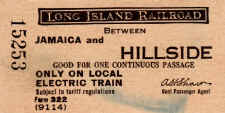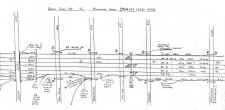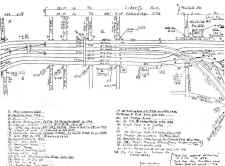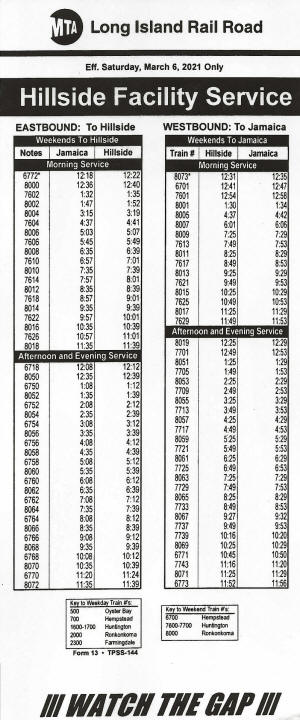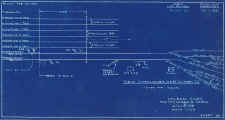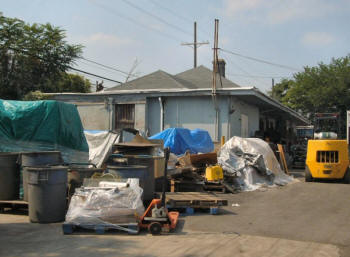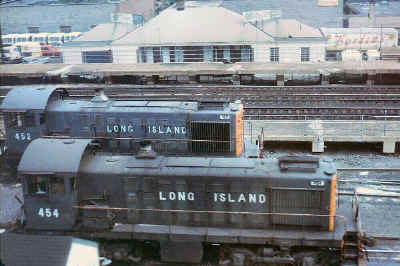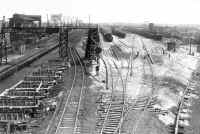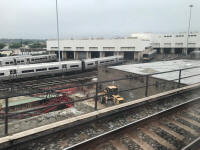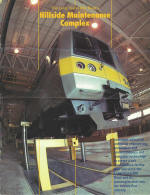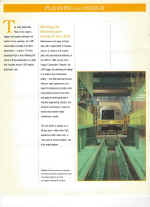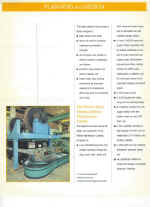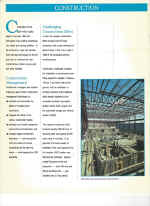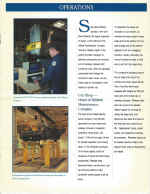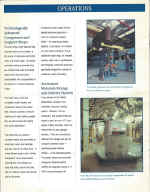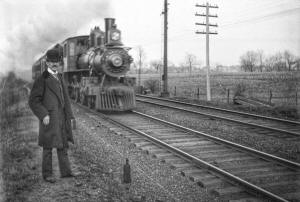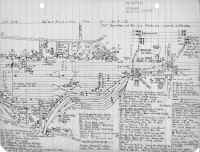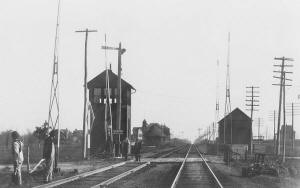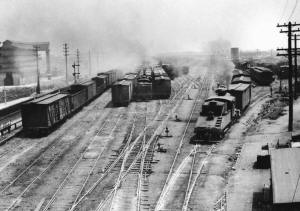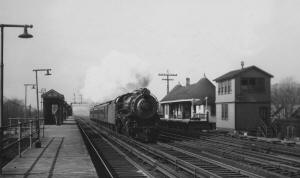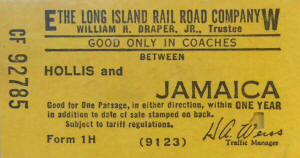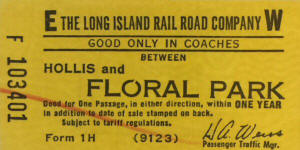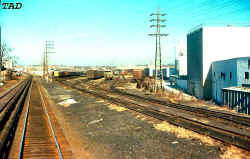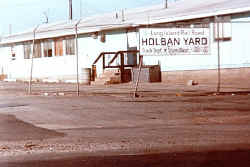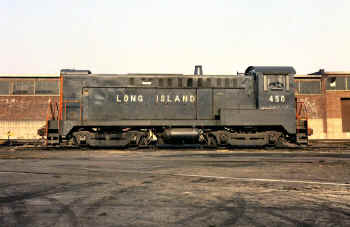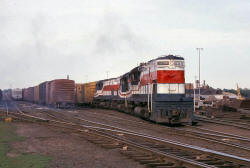|
Anyone driving up the
hill off Liberty Ave. at 184th Street into Holban yard these days
would hardly think that Holban was once the main hub for freight on
Long Island. Today it is a parking lot for employees in the Hillside
facility.
When I retired in 1995,
the “yard” consisted of six tracks. One track held forty stone
cars and one track had to remain clear so that moves could be made
from one end of the yard to the other. That left four tracks for any
other cars that might come our way for the engineering Dept.
It was not always this
easy.
In the late fifties and
through the seventies the yard was a sorting place, or marshaling
yard for all freight destined for east of Jamaica.
During the day, sixty car
hauler freights came in from Yard A and set their cars of onto
Holban Hump.
These trains came in
through Jamaica and Hillside to set their cars off onto one of nine
hump tracks. It was impossible for the crew to relay hand signs (no
radios) to the engine crew as the train traveled east on Hollis lead
to clear the switch leading to the hump. When the switch was clear
the conductor “pulled the air” on the hack. When air came back
up, the engine crew started to shove west. The first train in the
day would shove right to the hump, stopping on the bridge over
Liberty Ave., where the conductor pulled the air once more.
Subsequent trains would
of course stop their trains to clear the adjacent track.
By ten thirty at night,
the hump tracks were full of freight and the hump crew was ready to
“Roll’em” as the conductor would call out in a rather loud and
boisterous voice “ON THE HUMP”. This was after one of the
brakeman would walk the length of each line of cars and bleed the
air from each car. He would close the angle cock on the fifth or
sixth care from the east end so that air could be used to help the
engineer better control the brake. If this was not done, it was very
possible for the weight of the line of cars to pull the whole drag,
engine and all, over the hump and into the yard. Hopefully the
conductor realized what was happening and was able to alert the crew
to run down and line the yard for a clear alley (track).
At this time, Holban Yard
had twenty-six tracks to make up trains and a double end
“runaround” track where hacks were stored.
The conductor controlled
the move from the hump by means of a signal that he operated from a
shanty on top of the hump. The signal was back far enough for the
engine crew to follow the command. The signals were position type
with three vertical shove ahead, three diagonal back up, and three
horizontal meant stop.
A list of riders was kept
by the conductor to record the responsibility of each rider to
ascertain they were doing their job properly. Any damage to a car
was listed by who rode the car off the hump.
*** Note 1
One night, I looked at
the list and wondered why I was taking many more rides then the
other men. A little later on as I was walking, lantern under my arm,
from riding a car safely into a track, I noticed two brakeman were
standing and talking while bobbing their lanterns up and down. They
told me that they were doing that so it would appear from up on the
hump that they were walking back. A lot of the brakeman were always
getting out of the way to let the other guy go first.
Two switch tenders and
five brakemen were employed to cut the freight all into the proper
tracks for the morning trains.
Usually the cars on the
hump were all rolled by 2:00am when we were free to relax for a
while. Many of the crew liked to play cards; I would rather take a
nap.
One night when I was a
switch tender, I had made myself a bunk in the switch tender shanty.
This bunk was only about a foot wide, but if I didn’t move around
while I slept, I’d be all right. It was bitter cold that night and
the fire in the pot-belly was going dim. Before I lay down, I
climbed onto a coal hopper in the yard to acquisition some fuel.
I didn’t know about
kettle coal at the time. It was a very soft and oily coal. Before I
knew it, I had a roaring fire in the little pot-belly and I went
right to sleep. About a half hour later, I woke up in a sweat. The
pot-belly was glowing red--the stove pipe was glowing red—I
grabbed my jacket and ran out the door and when I looked back—the
metal stack on the glowing red roof was glowing red. I learned a lot
about kettle coal that night. I learned that you could start it with
a match.
Needless to say, the crew
got a good laugh at my expense that night.
Well, here we are halfway
through the night so I think I’ll tie-up now if the card game is
over so I can sleep on the table.
See ya after tie-up. |
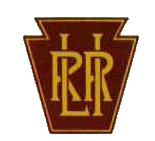 Hillside - Hollis
- Holban Yard
Hillside - Hollis
- Holban Yard
